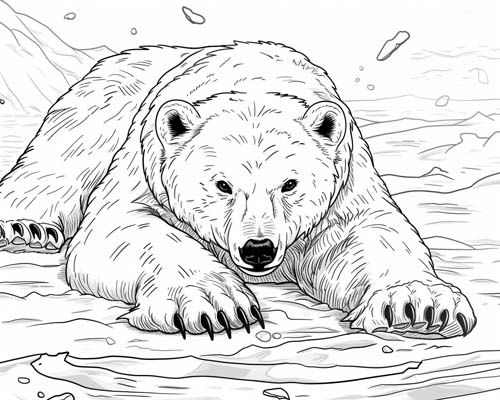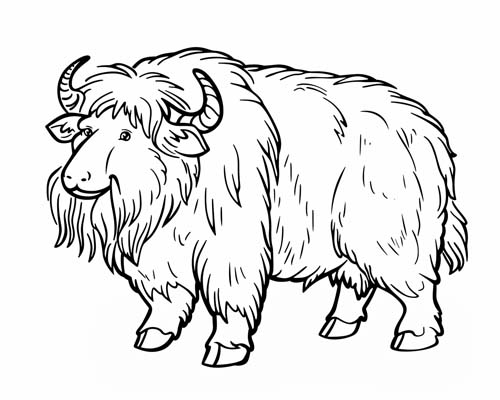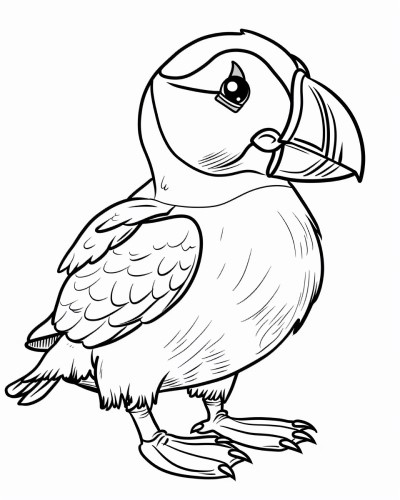Free, Printable Coloring Pages
Polar Animals Coloring Pages
Welcome to our Polar Animals coloring pages section!
The Arctic and Antarctic are home to some of the most remarkable animals on Earth, perfectly adapted to life in extreme cold. From playful penguins sliding across icy landscapes to polar bears roaming the northern ice and reindeer trekking across frozen tundras, these creatures thrive in snowy, harsh environments. Discover their unique adaptations, the beauty of their frozen habitats, and the fascinating ways they survive and flourish in the polar regions.
Krill – The Foundation of the Polar Food Web
Krill are small, shrimp-like crustaceans that form huge swarms in the cold waters of both the Arctic and Antarctic. Despite their tiny size, they are a cornerstone of polar ecosystems, serving as a primary food source for whales, seals, penguins, seabirds, and many fish.
In the Antarctic, krill are especially abundant and support massive populations of whales, penguins, and seals, while in the Arctic, they help sustain species like beluga whales, narwhals, and seals.
Without krill, the delicate balance of life in both polar regions would be dramatically disrupted, highlighting the critical role of these tiny but mighty creatures.
Polar Animals of the North - the Arctic:
Polar Bear:
Polar bears are the largest land carnivores in the world and are perfectly adapted to life on sea ice. They have thick fur and a layer of fat that keep them warm in frigid temperatures. Interesting fact: Polar bears have black skin under their white fur, which helps them absorb heat from the sun.
Arctic Fox:
The Arctic fox survives in extreme cold thanks to its dense, warm fur that changes color with the seasons--from white in winter to brown in summer. Interesting fact: Arctic foxes can hear prey moving under the snow and pounce with remarkable accuracy to catch it.
Reindeer / Caribou:
Reindeer, also called caribou in North America, are famous for their long migrations across the Arctic tundra. Both males and females grow antlers, which help them forage in the snow. Interesting fact: Reindeer have special noses that warm incoming cold air before it reaches their lungs.
Snowy Owl:
Snowy owls are striking birds with white feathers that provide camouflage in snowy landscapes. They hunt during the day and night, feeding mostly on lemmings. Interesting fact: Unlike many owls, snowy owls are diurnal, meaning they’re active during the day, especially in the summer months.
Walrus:
Walruses are massive marine mammals known for their long tusks, whiskers, and thick blubber. They use their tusks to pull themselves onto ice and defend themselves. Interesting fact: Walruses can slow their heart rate to survive in freezing water for up to 30 minutes while diving for food.
Beluga Whale:
Beluga whales are small, white whales that live in Arctic waters and are known as “canaries of the sea” for their wide range of vocal sounds. Interesting fact: Belugas can mimic sounds from their surroundings, including human-made noises.
Narwhal:
Narwhals are Arctic whales best known for the long, spiral tusk that males grow from a tooth. They live under sea ice and are sometimes called the “unicorns of the sea.” Interesting fact: Narwhal tusks have sensitive nerve endings that may help them detect changes in their environment.
Seal (Harbor Seal / Ringed Seal):
Seals are marine mammals adapted to life both in the water and on ice. Ringed seals, for example, create breathing holes in sea ice to survive the winter. Interesting fact: Seals can slow their heartbeat to conserve oxygen while diving, staying underwater for several minutes.
Arctic Hare:
Arctic hares are large, white-furred rabbits that live in cold tundras and are adapted to digging through snow to find food. Interesting fact: Arctic hares can run at speeds up to 60 km/h (37 mph) to escape predators.
Musk Ox:
Musk oxen are sturdy, shaggy herbivores that survive Arctic winters in groups, huddling together for warmth. Interesting fact: Their thick coat, called qiviut, is one of the warmest natural fibers in the world, used by humans for extremely warm clothing.
Puffin:
Atlantic puffins live in the northern coasts of the Arctic and are known for their colorful beaks and excellent swimming skills. Interesting fact: Puffins can dive over 60 meters (200 feet) underwater to catch fish using their wings to “fly” through the water.
Polar Animals of the South - the Antarctic:
Penguins:
Most penguin species live in the Southern Hemisphere, and all but one, the Galápagos penguin, are found in Antarctic or sub-Antarctic regions.
These flightless birds are expert swimmers, using their wings like flippers to dart through the water in search of fish and krill. Emperor penguins are the largest and can dive deeper than 500 meters (1,640 feet).
Interesting fact: Emperor penguin fathers keep eggs warm by balancing them on their feet under a feathered flap for two months without eating.
Albatross:
Albatrosses are enormous seabirds with wingspans that can reach over 3 meters (10 feet), allowing them to soar long distances without flapping. They spend most of their lives at sea and return only to sub-Antarctic islands to breed, so while they aren’t year-round residents of Antarctica, they roam the Southern Ocean that surrounds it.
Interesting fact: Some albatrosses can travel thousands of miles in a single journey across open water.
Antarctic Squid
The waters around Antarctica are home to several species of squid, including colossal squid, Antarctic squid, cranchiid (glass) squid, hook squid, and Antarctic flying squid. These fascinating creatures are both skilled predators and important prey, feeding on fish and krill while providing nourishment for seals, whales, penguins, and other marine animals.
Interesting fact: Colossal squid have the largest eyes in the animal kingdom, some as big as a dinner plate, helping them see in the dark depths of Antarctic waters.
Seals in the antarctic:
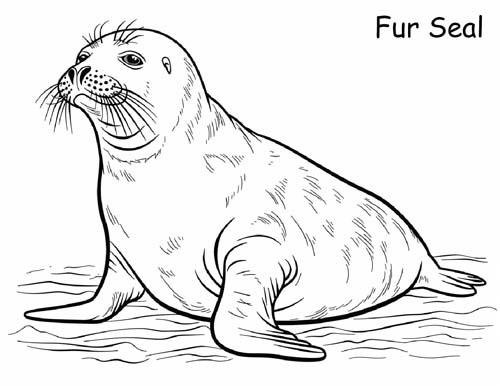
antarctic fur seal
Once hunted nearly to extinction for their thick fur, these seals now thrive on sub-Antarctic islands, where males guard large harems in summer.
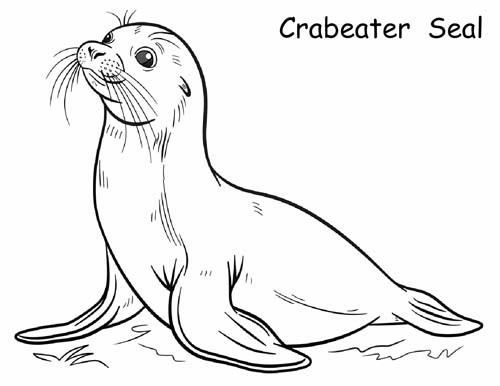
crabeater seal
The most numerous seal species in the world, they feed almost entirely on krill using sieve-like teeth.
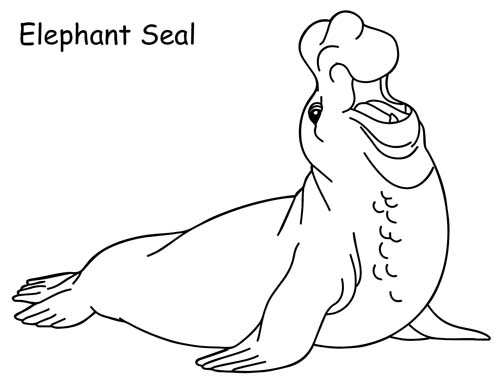
elephant seal
The largest of all seals, with males reaching several tons, they dive to great depths in search of squid and fish.
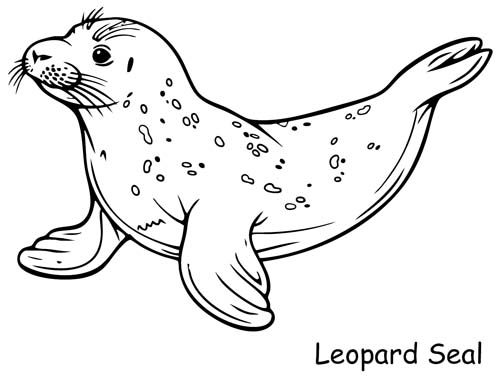
leopard seal
A top Antarctic predator, sleek and powerful, feeding on penguins, fish, and sometimes other seals.
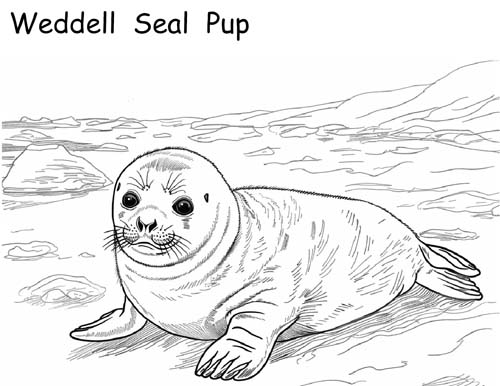
weddell seal pup
Living farther south than any other mammal, they maintain breathing holes in the sea ice with their strong teeth.
Whales in the antarctic:
The Antarctic is home to a variety of seal species. Many of these seals spend much of their lives on the ice or in the surrounding Southern Ocean, feeding on fish, squid, and krill. While some remain in Antarctic waters year-round, others migrate to sub-Antarctic islands or nearby regions for breeding.
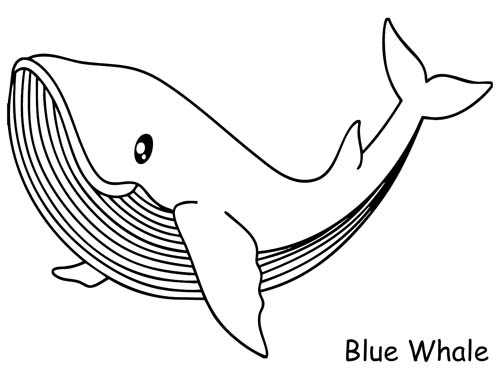
Blue Whale
The largest animals on Earth migrate to the Antarctic in summer to feed on krill, then move to warmer waters to breed.

Humpback Whale
Migrate to Antarctic waters in summer to feed, showing their famous breaching and bubble-net hunting behaviors.
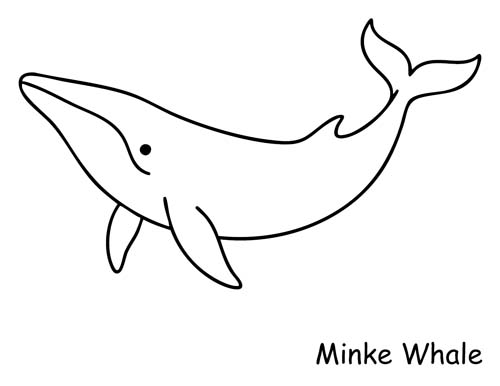
Minke Whale
Common in Antarctic waters, where they take advantage of huge summer swarms of krill.

Orca (Killer Whale)
Present in both the Arctic and Antarctic, but Antarctica has several distinct ecotypes of orca, some of which specialize in hunting seals, penguins, or even large whales.

